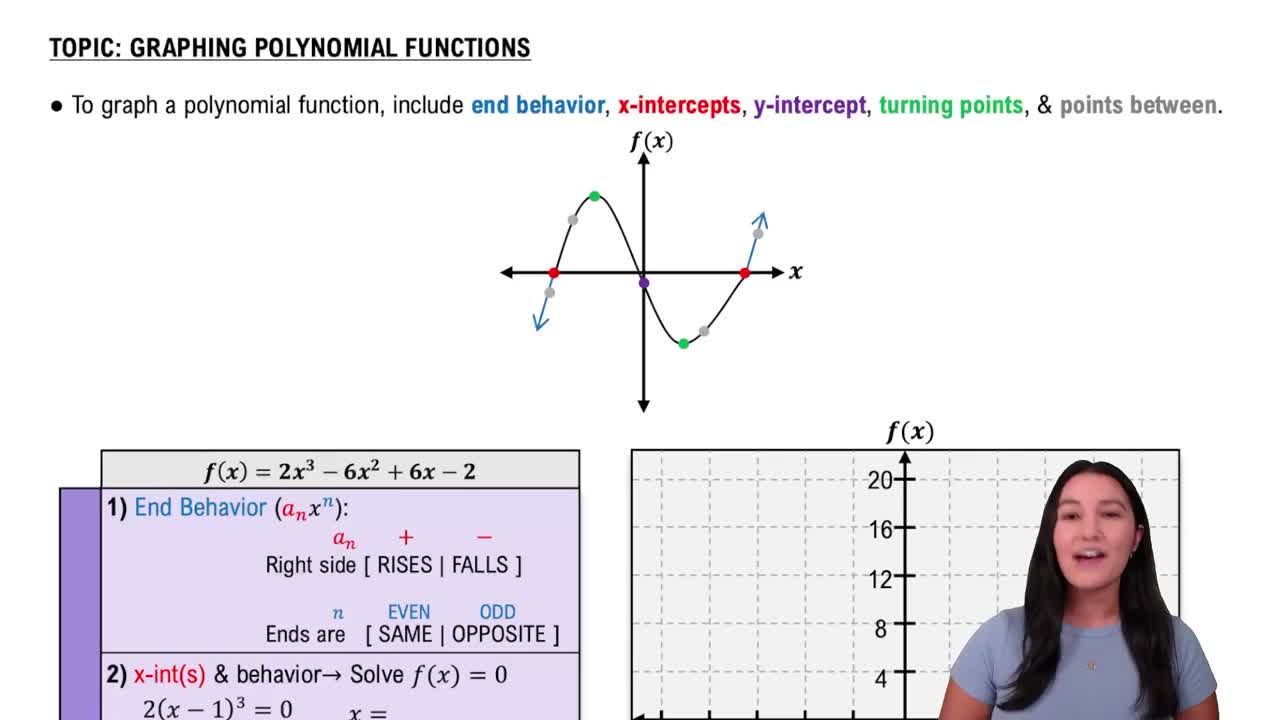Here are the essential concepts you must grasp in order to answer the question correctly.
Inequalities
Inequalities are mathematical expressions that show the relationship between two values when they are not equal. In this case, the expression |x| ≠ 7 indicates that the absolute value of x cannot equal 7, meaning x can take any value except for 7 and -7. Understanding how to interpret and graph inequalities is crucial for visualizing their solution sets.
Recommended video:
Absolute Value
The absolute value of a number is its distance from zero on the number line, regardless of direction. For example, |7| = 7 and |-7| = 7. In the context of the inequality |x| ≠ 7, it signifies that x can be any value except for the two points where the absolute value equals 7, which are 7 and -7.
Recommended video:
Parabolas as Conic Sections Example 1
Graphing Solution Sets
Graphing solution sets involves representing the solutions of an equation or inequality on a number line or coordinate plane. For the inequality |x| ≠ 7, the graph would show all real numbers except for the points 7 and -7, typically represented with open circles at these points to indicate they are not included in the solution set.
Recommended video:
Graphing Polynomial Functions
 Verified step by step guidance
Verified step by step guidance Verified video answer for a similar problem:
Verified video answer for a similar problem:

